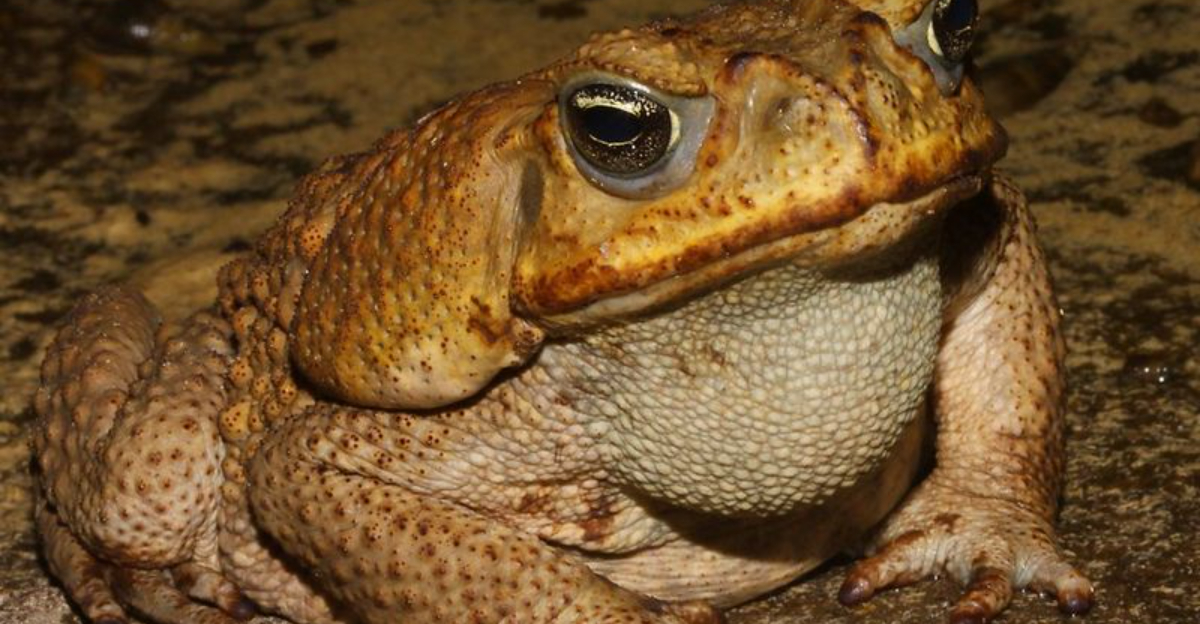In the diverse landscapes of America, not every animal is a natural fit. Invasive species, which are animals brought into new areas where they don’t normally live, have been changing ecosystems all over the country.
These species can outcompete native animals, prey on them, or introduce diseases, resulting in serious ecological and economic issues.
As these non-native animals spread, they throw off the natural balance and can cause permanent changes to the environment.
It’s important to understand their effects to help protect America’s natural heritage. So, let’s take a look at these invasive animal species that are transforming the ecological landscape of the nation.
1. Burmese Python
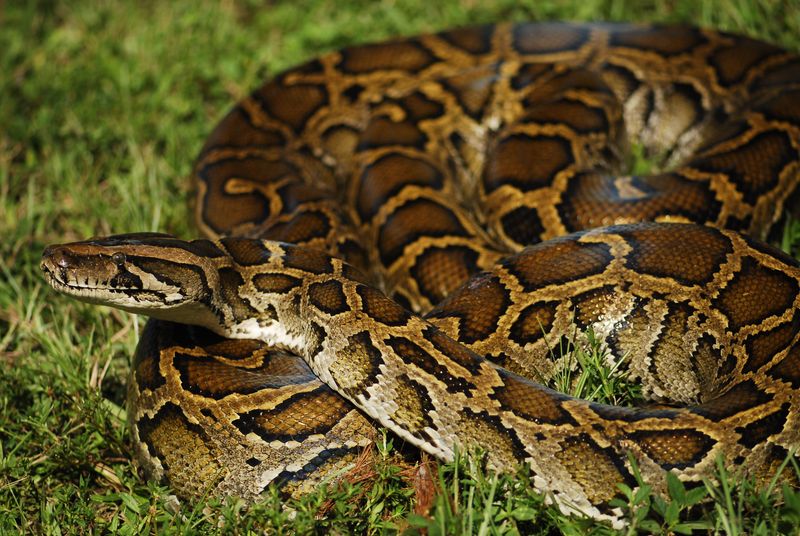
The Burmese Python, native to Southeast Asia, slithered into the Florida Everglades through the exotic pet trade. This giant constrictor preys on mammals and birds, severely depleting native populations.
Their presence in the Everglades has led to dramatic declines in raccoons, rabbits, and other small mammals, impacting the food web. These snakes can grow over 20 feet long, making them formidable predators.
Efforts to manage the python population include organized hunts and research into more sustainable control methods. However, despite these challenges, the python continues to adapt and thrive in its new environment.
2. European Starling
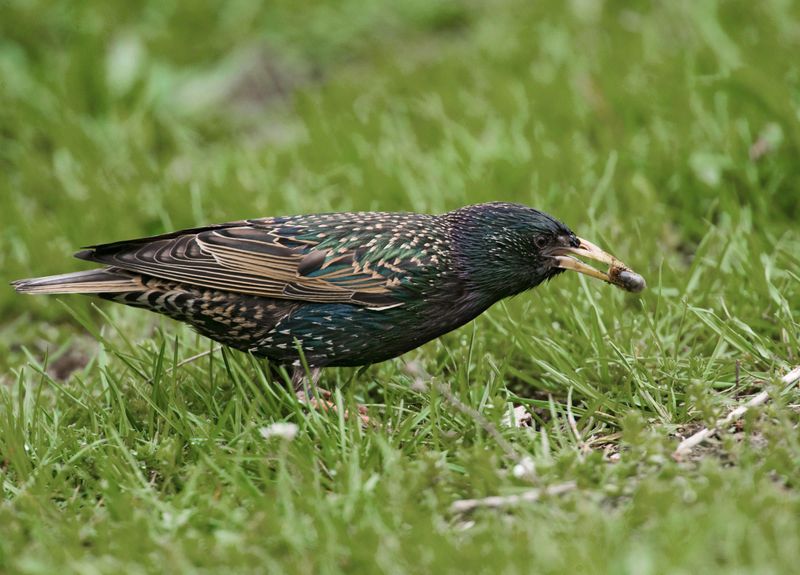
Introduced in the 1890s, European Starlings have spread across North America, known for their striking plumage and mimicking abilities.
However, their presence is far from benign. These birds compete aggressively for nesting sites, pushing out native species like bluebirds and woodpeckers.
Their large flocks can damage crops and spread disease to livestock. Control measures include habitat management and exclusion techniques.
While their beauty can be captivating, their impact on both rural and urban landscapes is profound and ongoing.
3. Nutria
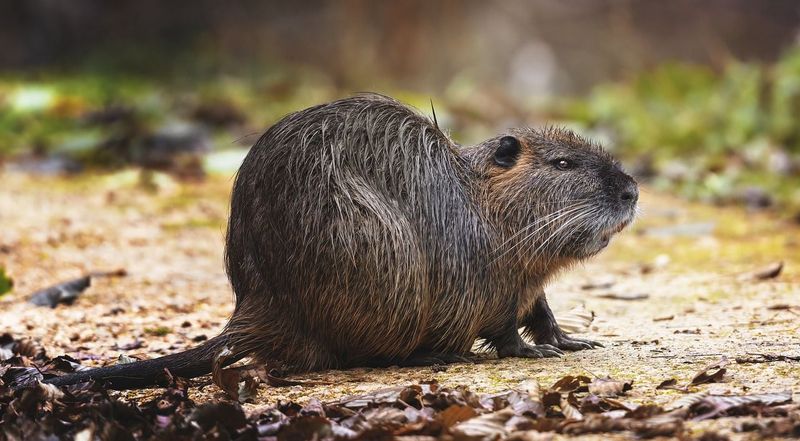
Nutria, large semi-aquatic rodents from South America, have established themselves in the wetlands of the southern United States.
Known for their orange teeth and destructive feeding habits, they cause extensive damage to vegetation. Their voracious appetite for roots destabilizes soil, leading to erosion and loss of wetland habitat.
This can significantly alter water flow and increase the risk of flooding. Management of nutria involves trapping and incentives for hunters, yet their numbers remain substantial. Their presence continues to pose a threat to wetland ecosystems.
4. Zebra Mussels
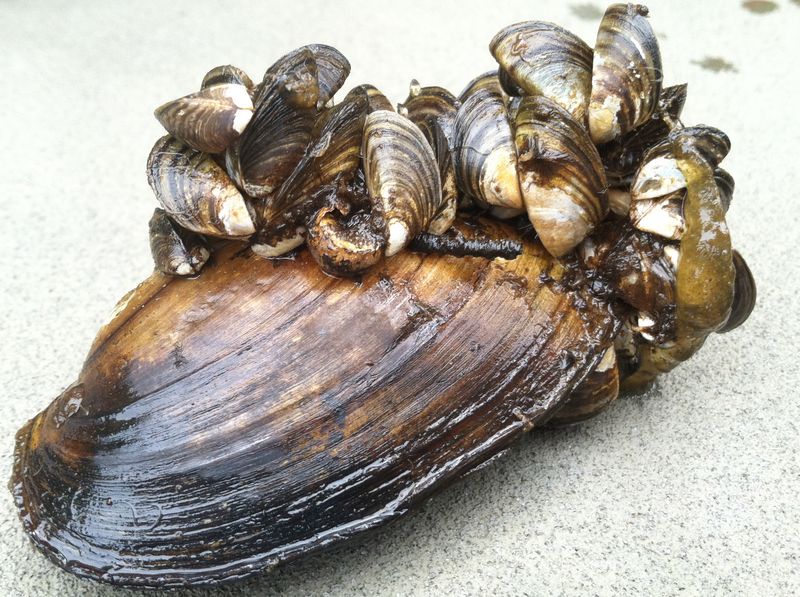
Zebra Mussels, small but mighty, are freshwater mollusks that have colonized American waterways, particularly the Great Lakes.
Their rapid reproduction and ability to adhere to surfaces make them formidable invaders. These mussels filter water to feed, which can disrupt local ecosystems by outcompeting native species for food.
They also clog water intake pipes, causing costly damage to infrastructure. Efforts to contain them include chemical treatments and monitoring programs. Although they’re tiny, their impact on both ecology and industry is substantial.
5. Cane Toad
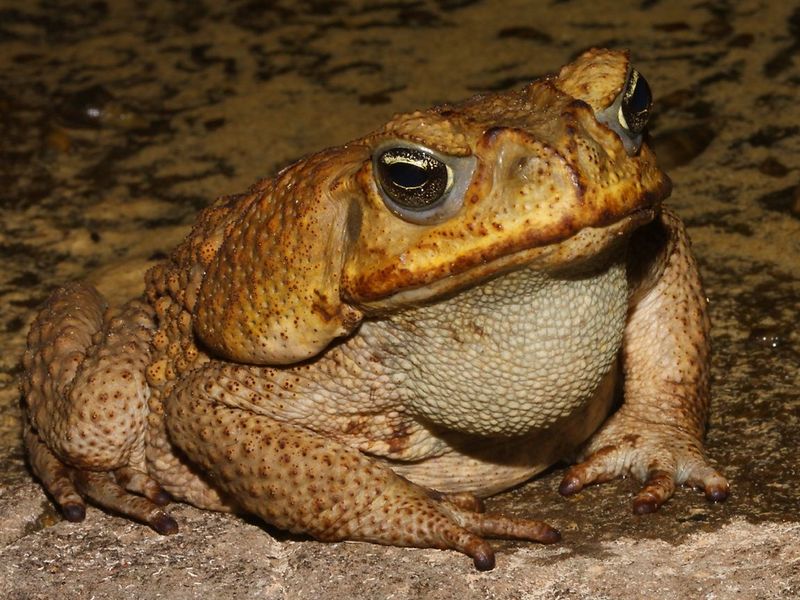
Originally introduced to control pests in sugarcane fields, the Cane Toad has become an invasive menace.
These toads secrete toxins that can kill predators, including pets and native wildlife. Their presence has altered the balance of ecosystems in the southeastern United States.
They compete with native amphibians for food and habitat, contributing to declines in local biodiversity. Management strategies include public education and removal programs. Despite efforts to curb their spread, these resilient amphibians continue to proliferate.
6. Brown Tree Snake
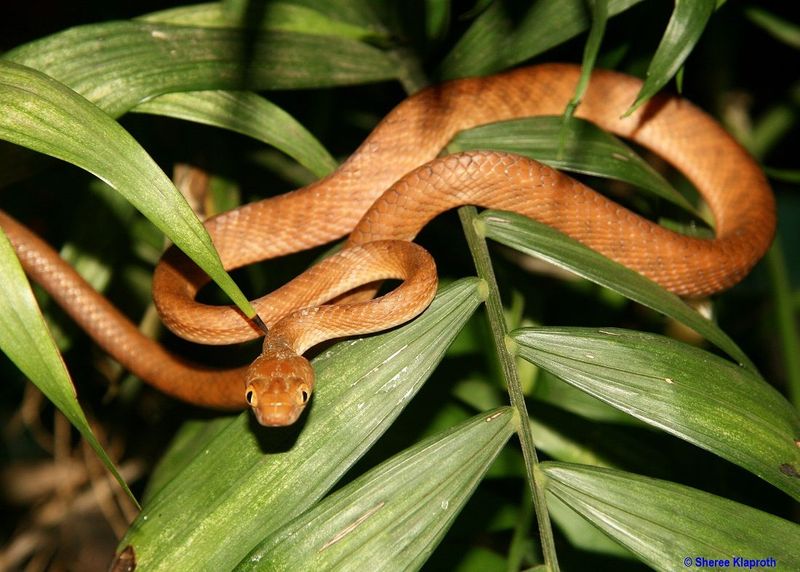
The Brown Tree Snake, native to Australia, has wreaked havoc on the Pacific island of Guam. Accidentally introduced, it has decimated local bird populations, leading to several extinctions.
These nocturnal hunters are efficient climbers, preying on birds, lizards, and small mammals. Their presence has disrupted the ecological balance, affecting pollination and seed dispersal. Control measures include barriers and traps, yet the snake remains a persistent invader.
7. Feral Hogs
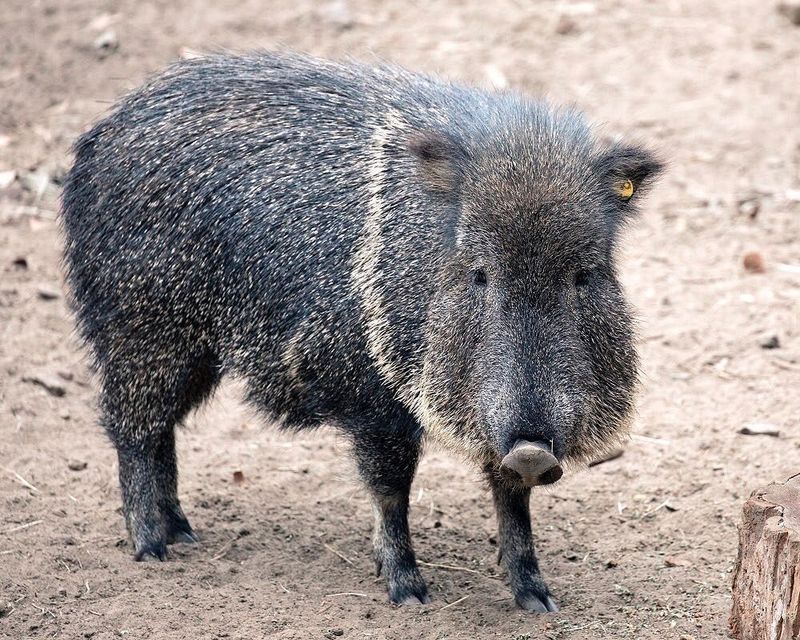
Feral Hogs, aggressive and adaptable, have spread across the United States, causing significant environmental and agricultural damage. These omnivorous animals devour crops and native vegetation. Their rooting behavior damages soil structure, leading to erosion and water quality issues. They also pose a threat to native wildlife and livestock through competition and disease transmission. Efforts to manage hog populations include hunting and trapping, yet their numbers continue to rise. Their presence is a growing concern for landowners and conservationists alike.
8. Killer Bees
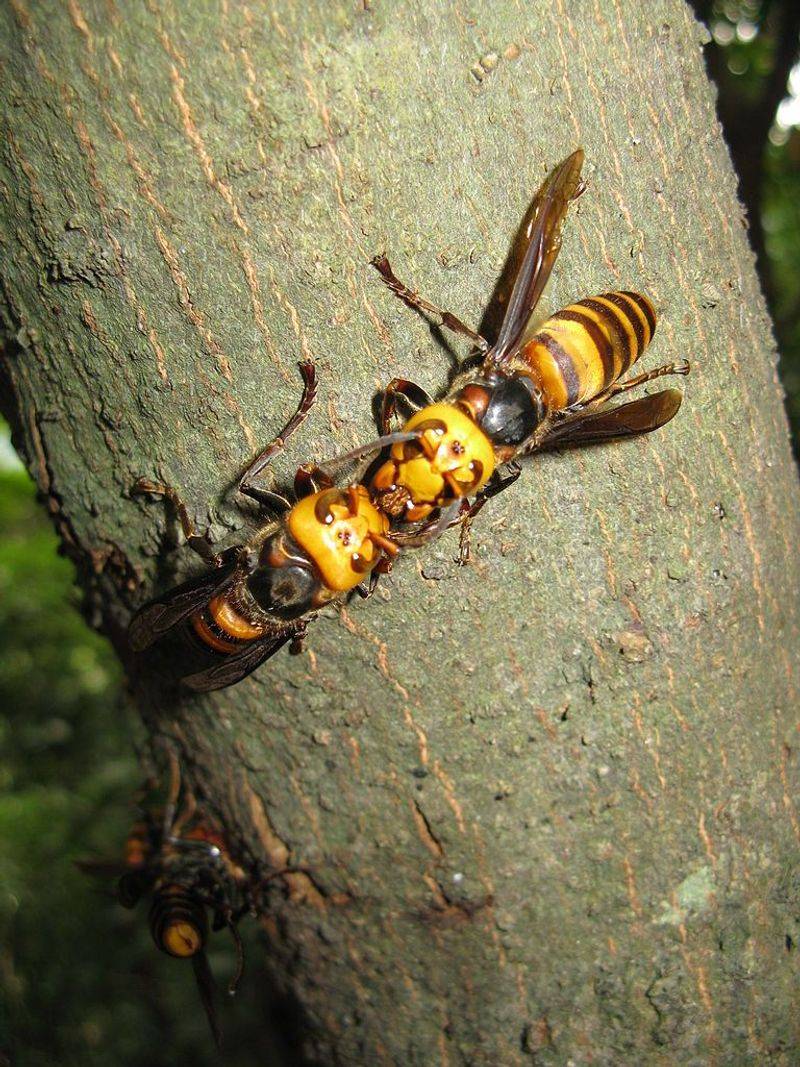
Africanized Honey Bees, or Killer Bees, are known for their aggressive behavior and have spread throughout the southern United States.
These bees are a hybrid of African and European honey bees. Their defensive nature makes them a threat to humans and animals, often leading to dangerous encounters.
They also compete with native bee species, impacting pollination dynamics. Management involves public awareness and strategic bee removal. While they contribute to pollination, their aggressiveness casts a shadow over their potential benefits.
9. Emerald Ash Borer
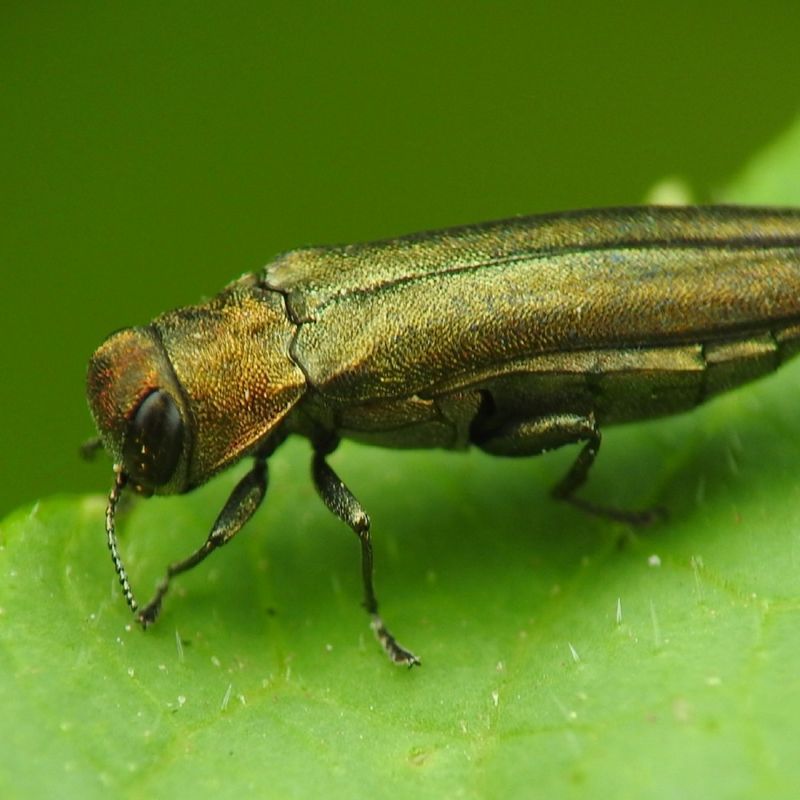
The Emerald Ash Borer, a shiny green beetle from Asia, has devastated ash tree populations across North America. These beetles lay eggs in the bark, and their larvae feed on the inner wood.
Infested trees often dry within a few years, leading to significant ecological and economic impacts. The loss of ash trees affects forest composition and wildlife habitat.
Management includes quarantines and biological control methods. The struggle to protect ash trees continues, as these beetles spread relentlessly through the continent.

